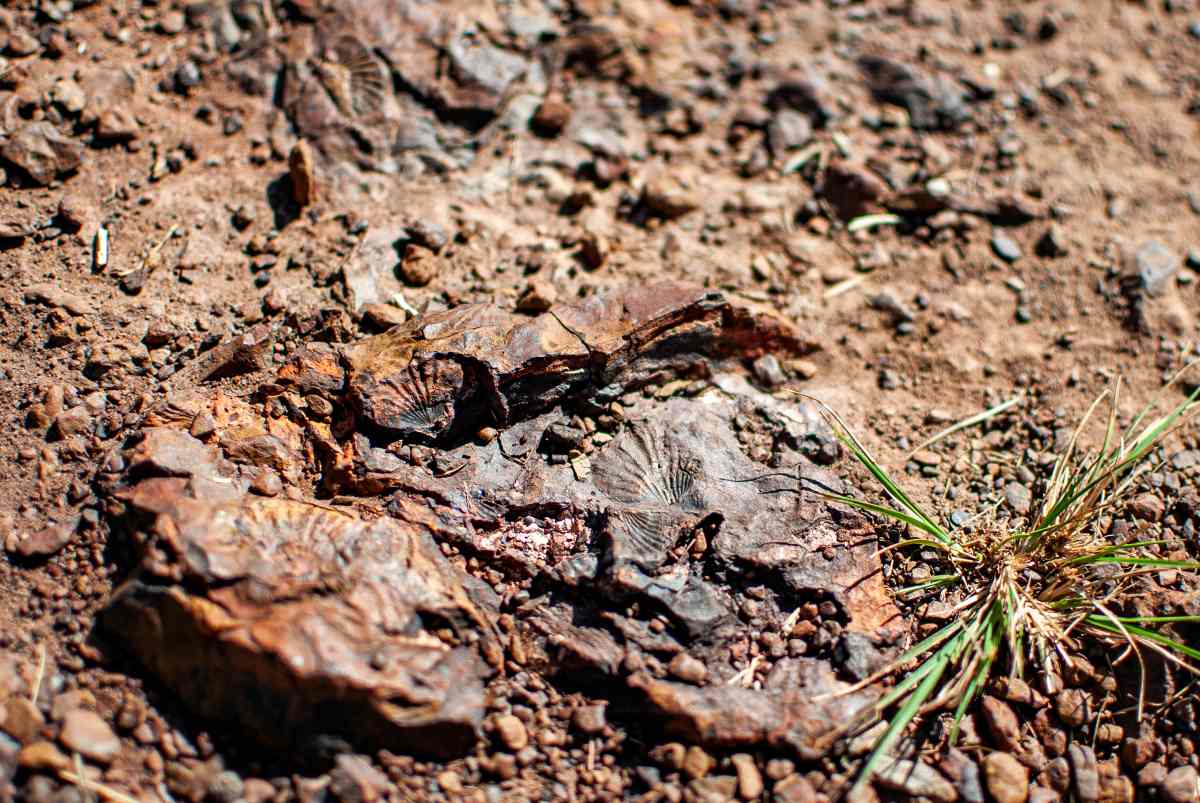Researchers Discovered One of the Smallest Mammals From the Age of Dinosaurs in Chile

Experts have unearthed a new species of mammals that supposedly lived on Earth during the Cretaceous period. Findings regarding this species, called "Yeutherium pressor," have been published in the journal Proceedings of the Royal Society B. The insights were gathered from a fossil spotted at Rio de las Chinas Valley in the Magallanes region of southern Chile. The area is also known as Chilean Patagonia by experts. The specimen was the creature's jaw, carrying certain teeth. Further examinations revealed that the egg-laying mammal roamed the world around 74 million years ago, along with dinosaurs. The finding indicates that a vast diversity of life forms existed in South America during the late Cretaceous period.

Mouse-Sized Mammal
Analysis revealed that "Yeutherium pressor" was the size of a mouse, according to Phys. Researchers also determined that the creature whose jaw they found weighed between 30 and 40 grams (about one ounce). If the assertion turns out to be true, then it is the smallest mammal that has been found in this portion of South America from the Cretaceous. The jaw contained a molar with its crown and root of two other molars. The structure of these teeth indicated that the mammal enjoyed a diet containing hard plant material. This eating habit possibly helped it survive with large herbivores that went for smooth plant material as well as predators.

Why does the Mammal Stand Apart?
For the team, the mammal stood apart due to the unusual combination of physical and reproductive features that it exhibited, according to Daily Galaxy. Researchers claimed that the mammal laid eggs like modern-day platypuses, but at the same time carried their young in a pouch like kangaroos. Today, these are identified as two distinct reproductive methodologies used by mammals.
However, the combination of features in "Yeutherium pressor" indicates that ancient mammals were experimenting with both strategies. The experimentation could be an evolutionary pathway for mammals to choose the better methodology for sustenance in the long run. The mammals, along with their cohabitants like dinosaurs, were supposedly wiped out from the world after the mass extinction event that occurred about 66 million years ago.

Insights from the Findings
Researchers contrasted what they knew about Patagonia and the insights they gathered from the fossil of "Yeutherium pressor." The results showed that the small mammal was living in a very competitive ecosystem with carnivorous theropods and giant sauropods. In the Cretaceous period, several beasts, like dinosaurs, took over the skies and land, but at the same time, mammals like "Yeutherium pressor" were also thriving with their specialized features. It highlights the then-diversity of Patagonia as well as how much more is left to be discovered from the area's remote fossil beds.
The unique features also showcase how mammals were evolving in Gondwana, and that evolutionary experimentation was possibly more widespread than previously believed. This fossil is another addition to the growing list of discoveries from the region that includes remains of several giant marine reptiles as well as feathered dinosaurs. All of these findings help experts in formulating a comprehensive picture of biodiversity during the Cretaceous period.